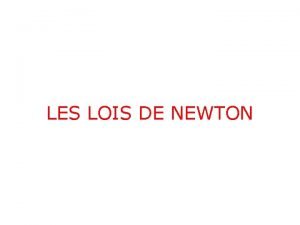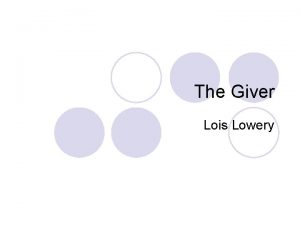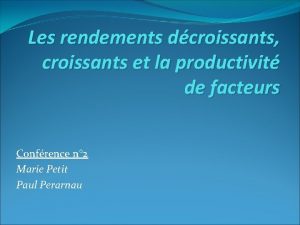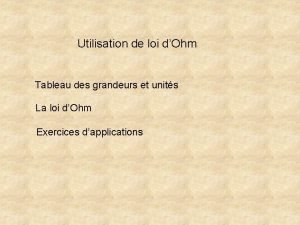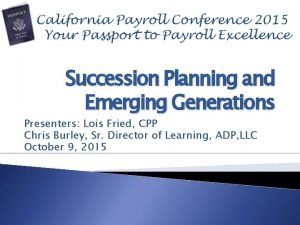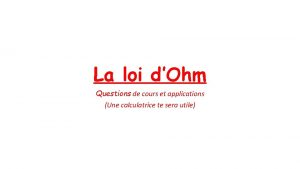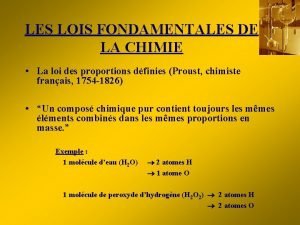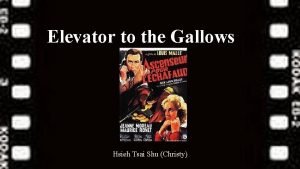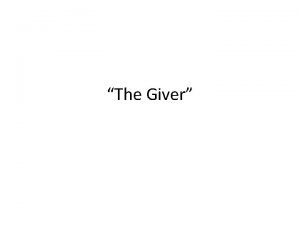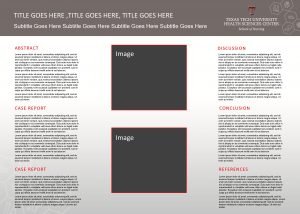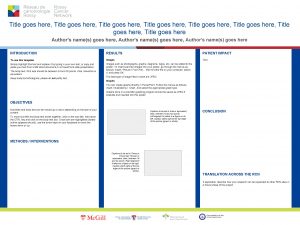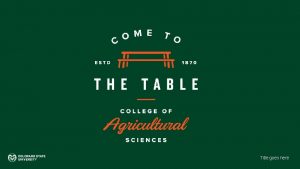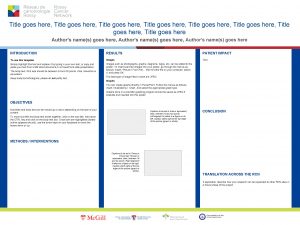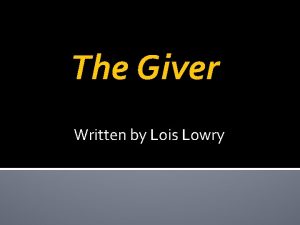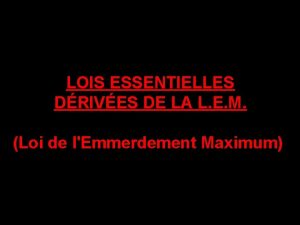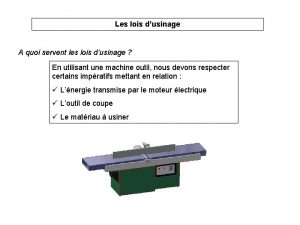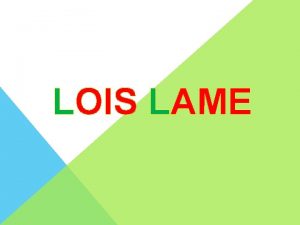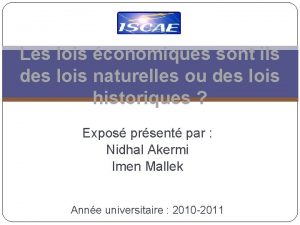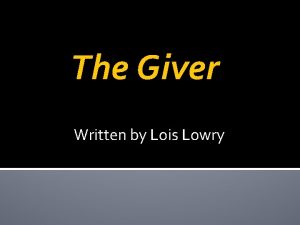Methods for Analyzing What Goes Unsaid Lois Presser




















- Slides: 20

Methods for Analyzing What Goes Unsaid Lois Presser University of Tennessee Between Edges and Margins seminar series 28 January 2021 1

Outline - Preview of my Unsaid Analysis methods - Literature: Unsaid is pervasive and significant - Inspirations - Methods and demonstration - Concluding remarks 2

Preview of methods 1. Missing subjects • Persons, events, experiences, contexts, and perspectives • Key propositions key questions 2. Patterns of verbosity • Too little or too much said 3. Figurative expression • Source domains of metaphors • Left-out events and characteristics @ metonymies 4. Social construction of absences • Filling ‘gaps’ in conversation • Intertextuality 3

Empirical examples • ‘Lifestyle’ magazine article • Political speech • Interviews with perpetrators of violence 4

Unsaid is Pervasive and Significant • Texts contain countless absences; we make meaning by excluding. • A focused program of research on the unsaid has been gaining momentum (e. g. , Jaworski 1993, 1997; Murray and Durrheim 2019; Schröter 2013; Schröter and Taylor 2018). “We might say that the social sciences and humanities have taken a turn toward silence” (Murray and Durrheim 2019, p. 7). • To set out ‘what is not said’ relies analytically on what could or should be said. A zemiologically relevant unsaid analysis begins by establishing who and what should not go missing from the vantage of harm. • (Harm-genic) unsaid includes (1) taken-for-granted, hegemonic understandings, and (2) that which is marginalized/repressed (von Münchow 2018). • “There is not one but many silences, and they are an integral part of the strategies that underlie and permeate discourses” (Foucault 1978, p. 27). 5

Inspirations • Silence, Unsaid • Freud, Lacan, Saussure, Derrida • Pragmatics and Conversation Analysis • Speech Act Theory • Critical Social Theories, Critical Discourse Analysis • Narrative Studies, Narrative Criminology 6

Missing Subjects Old People in Marie Claire “In an ideal world, none of us would worry about the visible signs of ageing and would simply be content with the (clichéd) notion of ‘growing old gracefully’. But, sadly, we don’t live in an ideal world and when the time comes, most of us will reach for anti-ageing beauty products faster than you can say, well, anti-ageing beauty products. The trouble is the market is flooded with products that claim to do so much. ” 7

Marie Claire • Constructs readers in terms of experience, desire, and ability. • Normalizes anxiety about aging and consumerism to counter it. • Excludes (1) persons who are not disposed to counter the appearance of aging and (2) old people. Centers on a person who is not yet old, whose putative need for antiaging intervention is set in the future, “when the time comes. ” • The analyst brings to bear key propositions… 8

Key Propositions for Locating Missing Subjects • Persons impacted in or by a text, actually or potentially, should be featured proportionate to impact. • Experiences and contexts that impacted persons cite (or would likely cite) to make sense of the text and that which it conveys, should be featured proportionate to impact. • Perspectives of those most impacted in or by a text, actually or potentially, should be featured proportionate to impact. 9

Hence Key Questions for Analysis • Who is impacted in and by the text? • To what degree are they and their experiences, contexts, and perspectives featured? 10

Patterns of verbosity Nikki Haley on Trump and Biden “I, in practice, don’t think it’s good for us to ever ask foreign governments to investigate Americans, but I think it goes to the fact that Americans should be investigating Americans, and Americans should be asking the questions of Joe Biden and asking the questions of his son, and finding out exactly what was going on with that situation and get down to the bottom of it” (11 November 2019). 11

Grice (1975) Cooperative principle: “Make your conversational contribution such as is required, at the stage at which it occurs, by the accepted purpose or direction of the talk exchange in which you are engaged” (p. 45). Maxims of Quantity • Make your contribution as informative as is required (for the current purposes of the exchange). • Do not make your contribution more informative than is required. 12

Nikki Haley • The apparently superfluous “in practice” qualifies disapproval of Trump’s actions. (The criticism is not only trivial, it is also misleading in re ‘asking’ federal governments rather than threatening them: the threatening is erased. ) • The verbose and vague “but it goes to the fact” stages the move from a (trivially) negative appraisal of Trump to a negative appraisal of the Bidens – from a marginal to a main point. • More text, including filler, is dedicated to the Bidens. • The analyst asks what text is meant to be central, what text is meant to be marginal, and how verbosity hones these positions. 13

Figurative Expression I Tim on rape (metaphor) “An’, the next thing I know, we were kissin’ an’ stuff, an’ one thing led to another an’ we - we were fondling each other - and everything was real consensual! An’ uh, an’ she - you know - just - as it went on a little bit further …an’ then she jest got up and said, I changed my mind. I don’t want to do this. My boyfriend might found out. A- It just freaked me out - I - ya kn- I - just freaked me out - I was just sorta stunned there for a minute. I uh - I didn’t know anything about her boyfriend. An’ uh - I jest - I don’t know - I just sort of - I started gettin’ mad about it. I - I mean, you know, if - you know, 10 minutes before that, I coulda honored that. You know, I jest felt I coulda honored that. . I told her, I - I said - y- y-you- you gotta finish this. You gotta finish this. This ain’t right. That you finish this! An’ she didn’t want to do it. An’ I jest got mad. Said, well you’ll finish it” …. ” - 14

Tim • The powerful “honor” requests. • To “finish” sex points to the victim’s power, while “stunned” points to the perpetrator’s powerlessness. • Tim hedges on power/fulness. • The analyst inventories metaphors-in-use and asks what their source domain entails. (Sex as contractual arrangement; sex as work; knowledge as im/mobilizing). 15

Figurative Expression II Steve on partner abuse (metonymy) Lo And uh - what was - what were the circumstances with that (domestic violence charge) - did-? Steve It’s just - you know how you get into it? Um. Lo Get into an argument or-? Steve Yeah, and all they got to do is pick the phone call. - up and 16

Steve • Steve bids me to understand a generic chain of events that led to his arrest, one involving two events: a bilateral argument and ‘their’ ‘picking the phone up’. • This metonymic phrasing obscures his own actions. • Missing subjects and missing context. Sandberg (2016) on tropes: hint at stories, agreed-upon, “most salient. ” • The analyst tracks events in the metonymically rendered story and asks whether the missing events involve harm, culpability. 17

Social construction of absences Mc. Cain on Obama Mc. Cain passed his wireless microphone to one woman who said, “I can’t trust Obama. I have read about him and he’s not, he’s not uh — he’s an Arab. He’s not —” before Mc. Cain retook the microphone and replied: “No, ma’am. He’s a decent family man, [and] citizen that I just happen to have disagreements with on fundamental issues and that’s what this campaign’s all about. He’s not [an Arab]” (Martin and Parnes 2008). 18

Mc. Cain • The supporter communicated two falsehoods: Arabs are untrustworthy. Obama is an Arab. Mc. Cain corrected only one. • Attending to how turns at speech adjoin with one another to create meaning, the analyst asks: 1. 2. 3. 4. What claims are made? What do they leave unsaid? What counterclaims are made? Which claims are not countered? • Re intertextuality: “decent family man” as borrowed text 19

Concluding remarks • Unsaid analysis is tricky business. • Transparency as to premises and positions is crucial. • Intention to exclude is unnecessary from critical sociological and criminological perspectives. • Unsaid is, among other things, systemic and situationally constructed. 20
 Daniel presser
Daniel presser A-wax pattern recognition
A-wax pattern recognition Lois de newton
Lois de newton Ohm
Ohm The giver lois lowery
The giver lois lowery Locked in time
Locked in time Lois des rendements décroissants
Lois des rendements décroissants Lois ramondetta
Lois ramondetta Lois ehlert
Lois ehlert Lois dohm
Lois dohm Lois des exposants
Lois des exposants Les 4 lois spirituelles campus pour christ
Les 4 lois spirituelles campus pour christ Amber hornsby
Amber hornsby Loi de nernst
Loi de nernst Lois fried cpa
Lois fried cpa Te se ra
Te se ra Loi chimie
Loi chimie Lois malle
Lois malle Joanna liivak
Joanna liivak The giver by lois lowry chapter 1
The giver by lois lowry chapter 1 Lois mailou jones facts
Lois mailou jones facts


